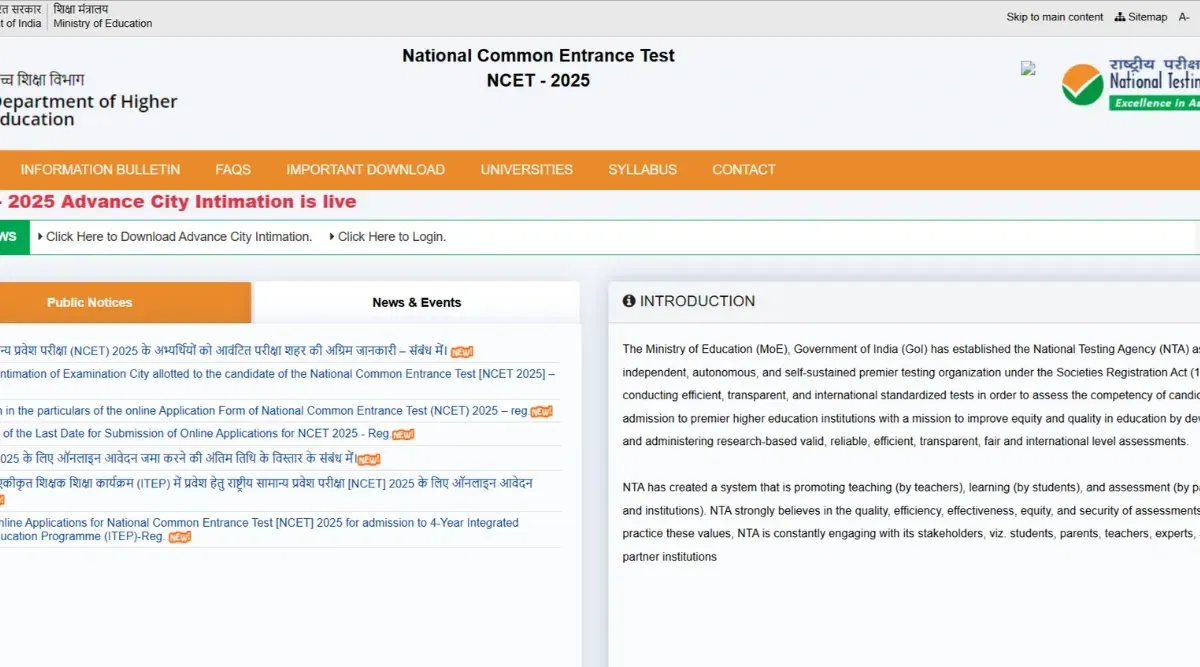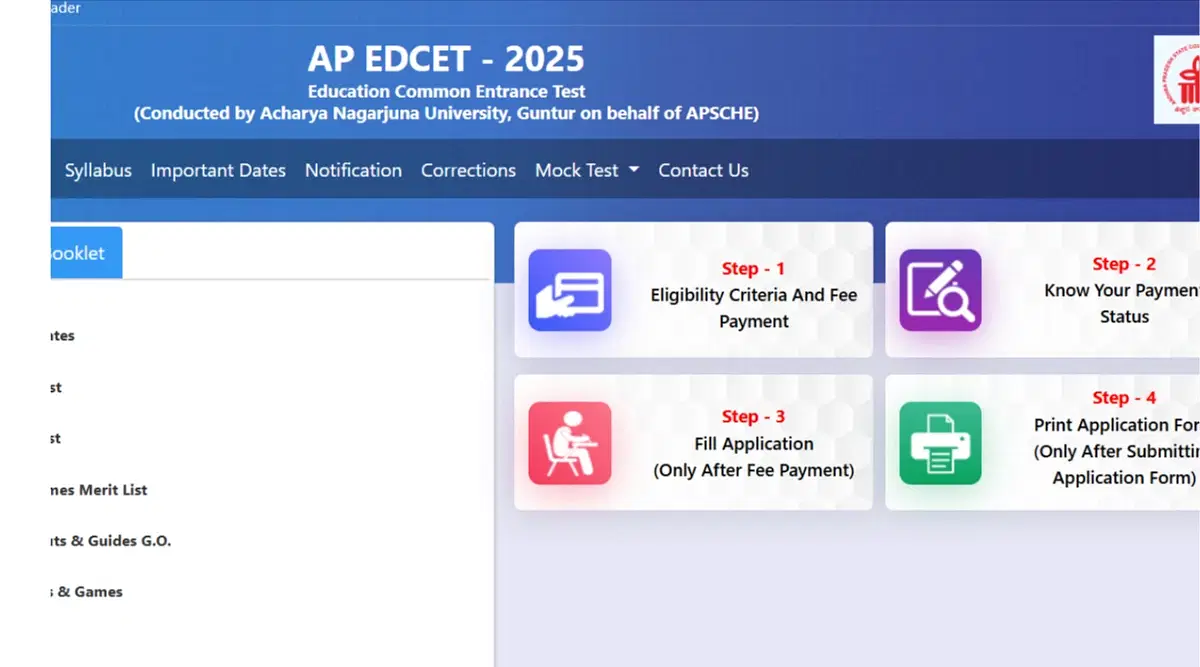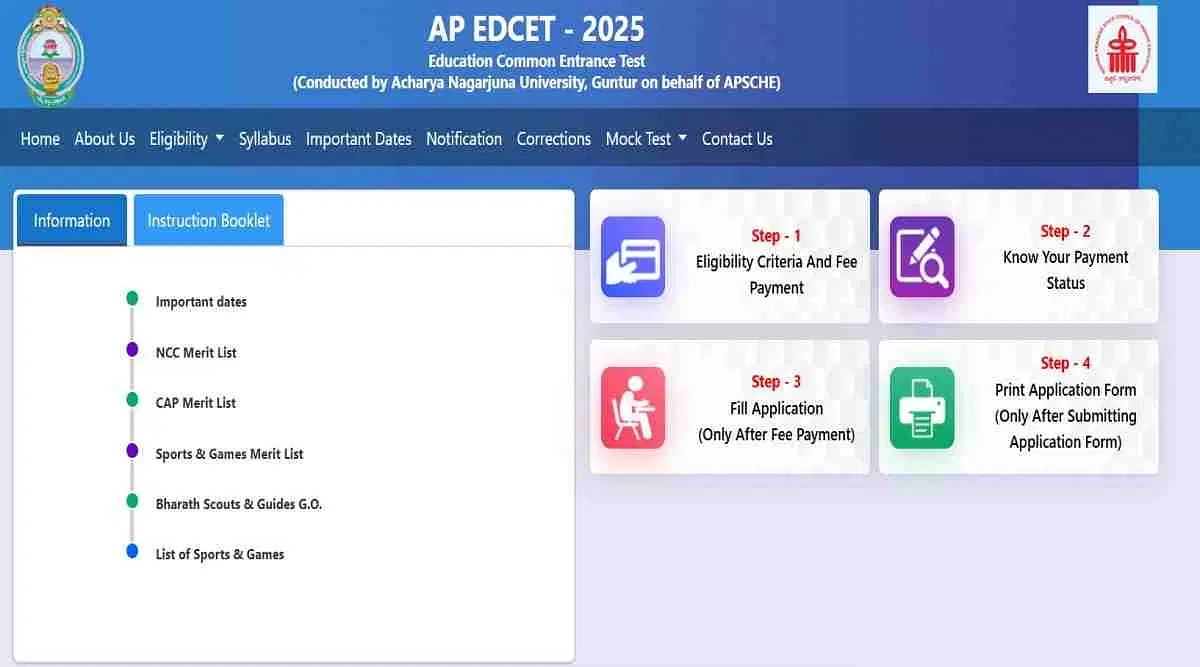Students aspiring to obtain a teaching degree frequently have to consider the argument of Distance B.Ed vs Regular B.Ed. That is why we will focus on Distance B.Ed vs. distance B.Ed and other vital factors that will guide you in making the right choice!
Table of Contents
Distance B.Ed vs Regular B.Ed: Choosing between Distance B.Ed and Regular B.Ed is a struggle for most students as they struggle to balance distance education and regular classroom instruction. There is typically a lot of uncertainty regarding the kind of course to pursue, the level of expertise and knowledge that will be imparted, and, most importantly, the monetary requirements.
This uncertainty arises across various fields: Arts, Law, Mass Communication, and Teaching. The main objective of enrolling for either of these courses is because they have certain benefits over the other. This paper will discuss the differences between the Distance B.Ed and Regular B.Ed courses and their respective advantages and opportunities for career advancements.
Also Check: BEd Distance Education Admission
Distance B.Ed vs Regular B.Ed Quick Highlights
When you register for the Bachelor of Education Program, for example, B.Ed scholarships, which option will you consider? A Distance B.Ed or a Regular B.Ed? Well, both have their benefits based on your requirements and your lifestyle.
Whether you prefer flexibility in learning or a more organised learning environment, knowing how these two modes of education differ is crucial. Below is a quick comparison to help you decide which option best benefits you.
|
Criteria |
Distance B.Ed |
Regular B.Ed |
|
Duration |
Flexible 2 years (can be extended depending on the institution) |
Fixed 2-year program with a set schedule |
|
Eligibility |
Graduate with relevant teaching experience (varies by institute) |
Graduate in any discipline |
|
Best Suited For |
Teachers or professionals seeking to balance work and study |
Full-time students or recent graduates |
|
Mode of Study |
Hybrid: Mostly online, occasional offline sessions on weekends |
Full-time, in-person classroom attendance |
|
Cost |
Lower tuition fees (approx. INR 20,000 - INR 50,000 annually) |
Higher tuition fees (approx. INR 40,000 - INR 1,50,000 annually) |
|
Faculty Engagement |
Primarily virtual interaction |
Regular face-to-face engagement with faculty |
|
Learning Style |
Self-paced, with access to online forums and study materials |
Structured with group projects and in-class discussions |
|
Practical Experience |
Limited hands-on training, often arranged independently |
Extensive, institution-arranged internships and practice teaching |
|
Networking |
Limited to virtual groups and forums |
Strong peer connections and alumni networks |
|
Admission |
Typically easier with merit-based criteria or teaching experience |
Competitive, requiring entrance exams and interviews |
|
Credibility |
Depending on the institution, it can vary in recognition |
Generally more recognized, especially from established institutions |
|
Job Prospects |
Helps enhance current teaching career; ideal for part-time roles |
Broader scope in education sectors, including government and private schools |
What is B.Ed and Distance B.Ed?
Before diving deeper, let’s quickly understand what the B.Ed course is. B.Ed stands for Bachelor of Education, once called the Bachelor of Teaching (B.T.). In 2019, the National Council for Teacher Education (NCTE) revamped the course structure, renaming it and making important changes.
A minimum graduation degree is essential for BEd, especially for students who are waiving or changing schools, and the course duration is increased from 2 years to 4 years. It is now compulsory that any teacher wishing to teach secondary classes (6 to 10) and higher secondary classes (11 and 12) in India must possess a BEd degree. Students who wish to take their studies to a higher level after a B.Ed can undertake a Master of Education, M.Ed.
Students can choose to do either a Distance B.Ed or a Regular B.Ed, but the question is—what’s the difference, and why is it better for you? Let’s analyse both options to make the right choice. Now that we’ve covered the basics of the B.Ed course, let’s explore the key differences between distance and regular learning modes.
Also Check: Top Private Universities BEd Admission 2025
Key Differences Between Distance B.ed vs Regular B.ed
The table below highlights the differences between distance education and regular education. It carries information to aid students in deciding whether the distance B.Ed or the regular B.Ed is best suited for them.
|
Particulars |
Regular B.Ed Program |
Distance B.Ed Program |
|
Entrance Exams |
|
|
|
Top Universities/Institutions |
|
|
|
Attendance |
Mandatory daily attendance in classes |
No mandatory attendance; classes can be attended remotely |
|
Class Comfort |
Fixed location; students must attend classes at the institution |
Flexible; study from home or any location |
|
Cost |
Higher overall costs including fees, travel, and other expenses |
Lower cost, minimal expenses beyond tuition fees |
|
Facilities |
Access to lab, library, sports, and other on-campus resources |
Limited or no access to physical facilities like labs or libraries |
|
Study Schedule |
Structured with fixed schedules and deadlines |
Flexible; study at your own pace with recorded lessons |
|
Doubt Clearing |
In-person sessions with professors for doubt clarification |
Limited; doubts can be addressed via email or discussion forums |
|
Placement Opportunities |
Higher placement opportunities through campus recruitment |
Fewer to no campus placements for distance learners |
Also Check: BEd Admission Process
Ultimately, the best choice for you will depend on your individual circumstances and preferences. It's recommended to research both options carefully and consider the advantages and disadvantages of each before making a decision. We hope this article was helpful. For more updates on BEd admission, stay tuned to GetMyUni.


























POST YOUR COMMENT